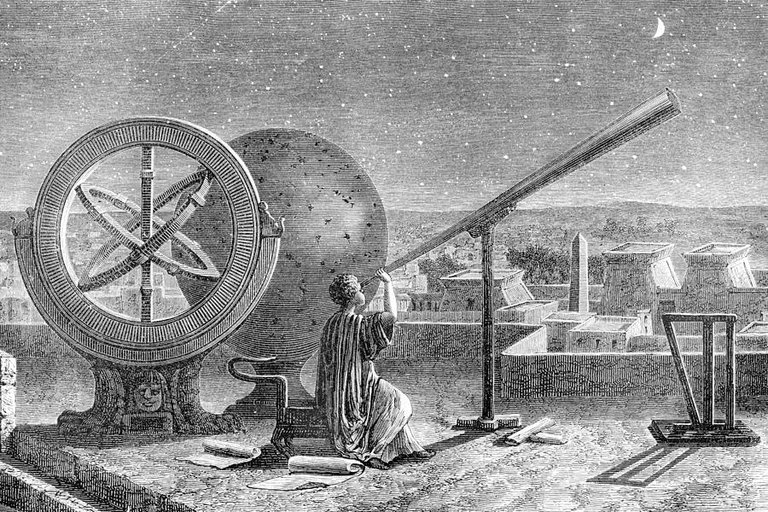The ESO's Extremely Large Telescope (ELT) will begin its work around the same time as the Giant Magellan Telescope (GMT).
With a mirror diameter of 39 meters (!), it will be the world's largest optical telescope for a long time to come. Of course, such a huge mirror cannot be manufactured in one piece. Instead, it consists of 798 individual elements which can be moved and adapted to atmospheric disturbances and turbulence by adaptive optics.
The ELT will collect about 15 times more light than any other optical telescope in the world. This will make it possible to observe much weaker objects than before. This will allow astronomers to explore planets in other solar systems with extreme accuracy. To learn more about the nature of their surfaces and the composition of their atmospheres.
The scientists also hope to find new answers to questions about the formation and evolution of galaxies, new insights into dark matter and dark energy, and an accurate measurement of the accelerated expansion of the universe.
But the Extremely Large Telescope (ELT) is not the end of the story, as the Thirty Meter Telescope (TMT) is scheduled to go into operation in 2027. As its name suggests, it will have a 30-meter primary mirror that is also segmented and equipped with adaptive optics.
This will give it a resolution ten times higher than, for example, the Keck telescope, one of the most powerful mirror telescopes in our present time.
One of the special features of the TMT is that it can resolve objects that are very close together. It will also be able to observe infrared and ultraviolet light as well as visible light, similar to the Hubble telescope.
The TMT is scheduled to be operational in 2027 and is currently under construction on Mauna Kea in Hawaii.
Many people are not even aware that 100 years ago many people thought the milky way was the entire existing universe. Since then, thanks to modern telescopes, we have made tremendous progress in our understanding of the size of the universe and the processes taking place within it.
This next generation of telescopes will multiply our possibilities once more and with certainty there are still some surprises and insights waiting for us out there that we cannot even imagine today.






I've loved astronomy since I was little so I find these posts very interesting. Keep up the good work!
the same with me. I love it since my childhood :))
Look very nice
Posted using Partiko Android
Very interesting and inspiring! Good job
I am always interested in what´s going on in the sky so this is good news!
wow! such a big Telescope as usual good info.. @oendertuerk
Hi, @oendertuerk!
You just got a 1.3% upvote from SteemPlus!
To get higher upvotes, earn more SteemPlus Points (SPP). On your Steemit wallet, check your SPP balance and click on "How to earn SPP?" to find out all the ways to earn.
If you're not using SteemPlus yet, please check our last posts in here to see the many ways in which SteemPlus can improve your Steem experience on Steemit and Busy.